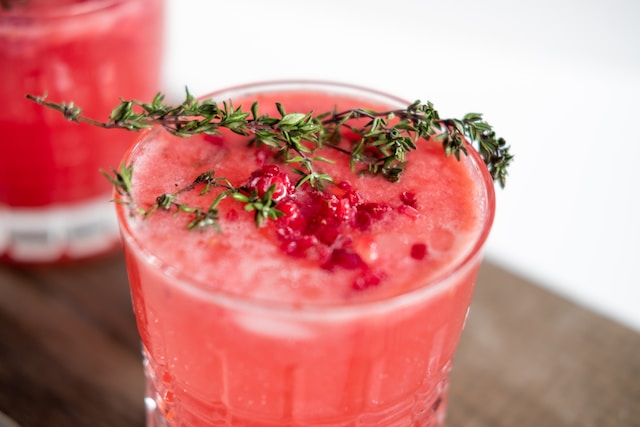In recent years, there has been a noticeable increase in the popularity of low and no alcohol beverages. This trend is driven by various factors, including changing consumer preferences and a growing focus on health and wellness. The no/low alcohol movement originated in Western countries and it is picking up in Asia-Pacific.
Growth of no/low- alcohol products
Global sales for no/low-alcohol products crossed $11 billion in 2022, according to data from IWSR. No and low-alcohol products including beer/cider, wine, spirits and other ready-to-drink beverages grew by more than 7% in volume across 10 key global markets in 2022, according to the IWSR No- And Low Alcohol Strategic Study. The study also found that no-alcohol products were spearheading the growth in this category, with no-alcohol volumes growing 9% in 2022, with improved taste and production techniques behind the growth. No-alcohol is mostly replacing non-alcoholic drinks (such as soft drinks and water) in the same occasion, presenting an opportunity for producers.
In Asia-Pacific, the total volume sales of non-alcoholic drinks was 481 million litres in 2022, and the market is expected to grow at a 5% CAGR between 2022 and 2027, reaching 621 million litres, according to Euromonitor.

Driven by diversifying tastes and conscious consumerism
The growing demand for such beverages is contributed by diversifying tastes in Asia, as economic growth and rising incomes spur consumers to try new products beyond wine, cocktails and other beverages.
The no/low alcohol trend is also closely linked to the broader wellness movement. As more individuals prioritize their health and well-being, they are looking for options that align with their lifestyle choices. Low and no alcohol beverages provide a way to enjoy refreshing and sophisticated drinks without the alcohol content, offering a healthier alternative. Health was cited to be the major factor in reducing alcohol consumption among Asia-Pacific consumers, according to the Euromonitor’s Voice of the Consumer: Health and Nutrition Survey.
Focus on complex flavours and functional benefits
WGSN, a trend forecasting company, foresees a premiumisation of this category, with the emergence of “sophisticated options offering complex flavours, mature drinking experiences, but without alcohol and without imitating alcohol”.
IWSR adds that beverage manufacturers are focusing on innovation in packaging, functional benefits and flavour in new product development. Examples include the use of botanicals to create more intense flavours, added functional benefits such as nootropics, vitamins and adaptogens, as well as a shift of product messaging from the absence of alcohol to functional beverages with health benefits.
In conclusion, trends in low to no alcohol beverages reflect a growing shift in consumer preferences towards healthier and more mindful choices. With beverage producers focusing on new flavours, functional benefits and innovative packaging, this sector is an exciting space to watch.
Looking to expand your business into the Asian market?
FHA – Food and Beverage returns next year on 23-26 April 2024 at Singapore Expo. With a line-up of leading global suppliers, industry professionals can anticipate the most extensive showcase of trending F&B and hospitality products and solutions, cutting-edge technologies for food & drinks manufacturing, and more at the mega event. Contact us to get involved.


























